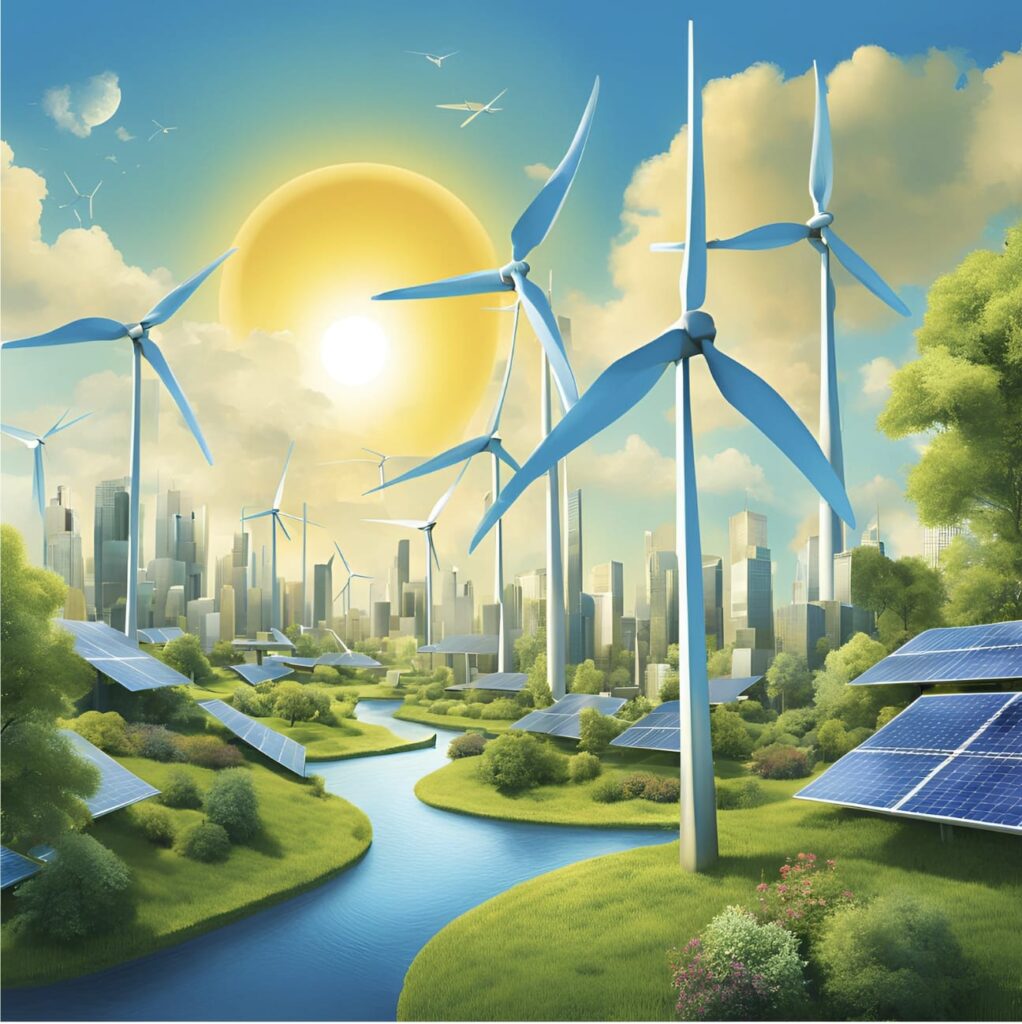

Renewable Energy Technologies: Exploring advancements in solar, wind, and other renewable energy sources, and their potential impact on reducing carbon emissions. In a world where the clock is ticking against climate change, the groundbreaking advancements in renewable energy technologies are not just a beacon of hope but a blueprint for a sustainable future. Solar, wind, hydroelectricity and other sustainable technologies are rapidly advancing, offering a clean and abundant alternative to fossil fuels. This article dives into these exciting developments in renewable energy technologies, allowing an insight into their profound potential in fighting climate change and enabling a better future for future generations. Solar power has witnessed a historic rise in recent years, with photovoltaic panels becoming increasingly available and affordable. Whether it be residential rooftops or large scale solar farms these panels convert sunlight into electricity through photoelectric effect, which provides a reliable and sustainable energy source. The efficiency of such solar panels is being further enhanced through bifacial panels and energy storage systems. Bifacial panels are a type of panels that have two faces with photovoltaic cells which allow for a larger surface area to be exposed to sunlight this energy is then either used up in appliances or it can be stored in energy storage systems such as batteries for later use in. Along with this wind energy has also experienced significant advancements such as improvements in turbine designs, smart grid integrations as well as offshore wind farms. Modern wind turbines are significantly larger and taller than their predecessors allowing them to capture more wind energy. Renewable materials and advanced aerodynamics have also been employed to reduce manufacturing costs and make production sustainable. Along with this smart grids have been integrated into wind farms allowing for a more controlled supply demand chain as well as better distribution of the collected energy. Offshore wind farms, located in coastal waters are another type of farms that are being looked into. These farms offer immense potential for generating clean energy as they receive comparatively higher wind speeds due to reduced visual impact. Overall wind farms can coexist with wildlife and nature and proper planning will allow them to minimize their impact on their local ecosystems. Geothermal energy, another type of renewable energy, is derived from the earth’s internal heat and offers a sustainable source of power. This renewable energy has the potential to provide baseload electricity and heat, reducing our reliance on fossil fuels. Geothermal power plants harness the heat stored in areas with high geothermal activity, such as near volcanoes or hot springs. Water is pumped down to such locations to be heated from where it is either used to generate electricity or provide heat for various applications. As research and development continue, geothermal energy is poised to play a more significant role in the global energy mix. Enhanced drilling technologies, improved heat extraction methods and advancements on the different types of geothermal plants. The last form of renewable energy I will be touching upon is hydroelectricity which is the generation of electricity from the force of flowing water. It has been the cornerstone of energy production for centuries. Hydropower plants utilize the potential energy stored in water reservoirs to generate electricity. Water is released from reservoirs which then flows through turbines which convert the kinetic energy of the flowing water into mechanical energy. This mechanical energy is used to drive generators which then produce electricity. Hydropower plants not only generate electricity but provide protection from floods as well as provide recreational opportunities. I myself have visited two dams, each at different altitudes and with different production capacities. The production capacity of a dam depends on the source of water as well as the flow and the elevation from sea level, these factors have to be carefully thought out and planned before any dam is constructed. As technologies advance, the requirement of such factors are minimized leading to more sustainable productions and constructions of dams. Renewable energy technologies present a possible path towards a sustainable future amidst a constantly changing climate. Among other clean energy sources, solar, wind, geothermal, and hydropower have the power to completely change our energy system, cut greenhouse gas emissions and build a more just and resilient global community. While these technologies face challenges, such as integrity and upfront costs, ongoing advancements and increased investment are making them increasingly viable and competitive. By embracing renewable energy, we can reduce our reliance on fossil fuels, mitigate climate change and create a more sustainable and prosperous future for generations to come.

Author – Shiven Rungta
The Doon School






